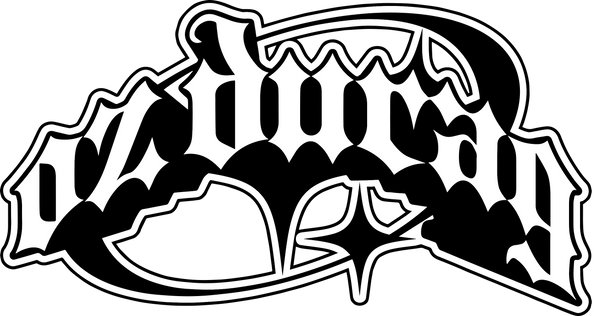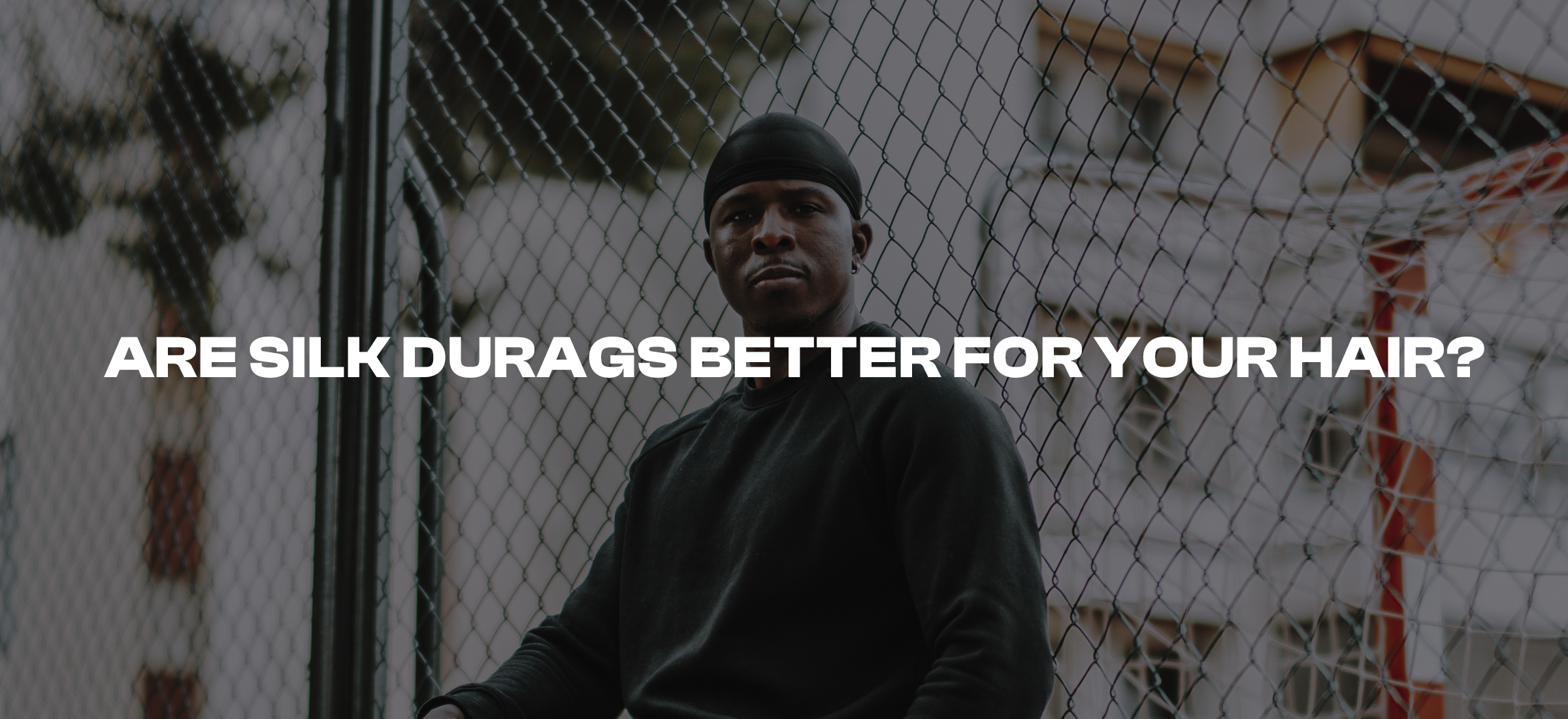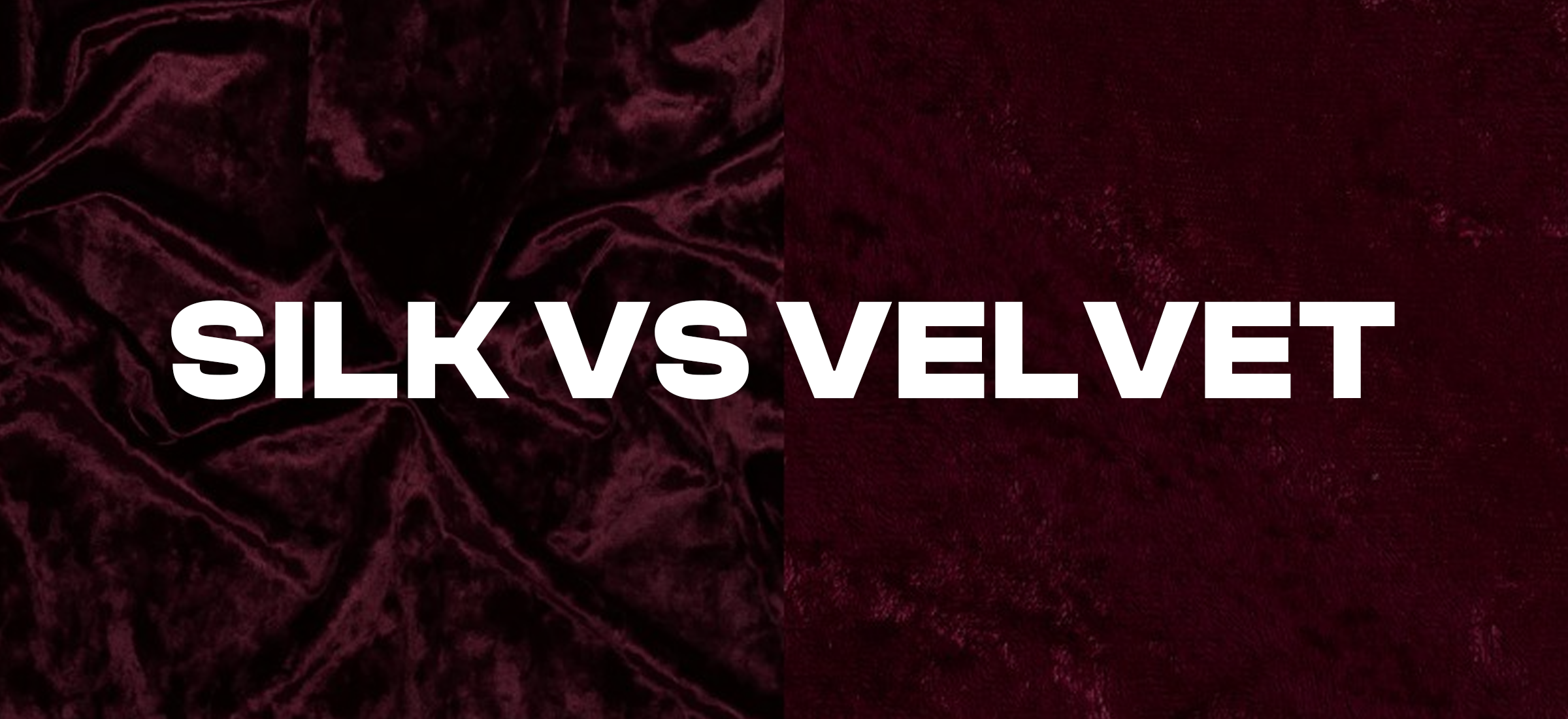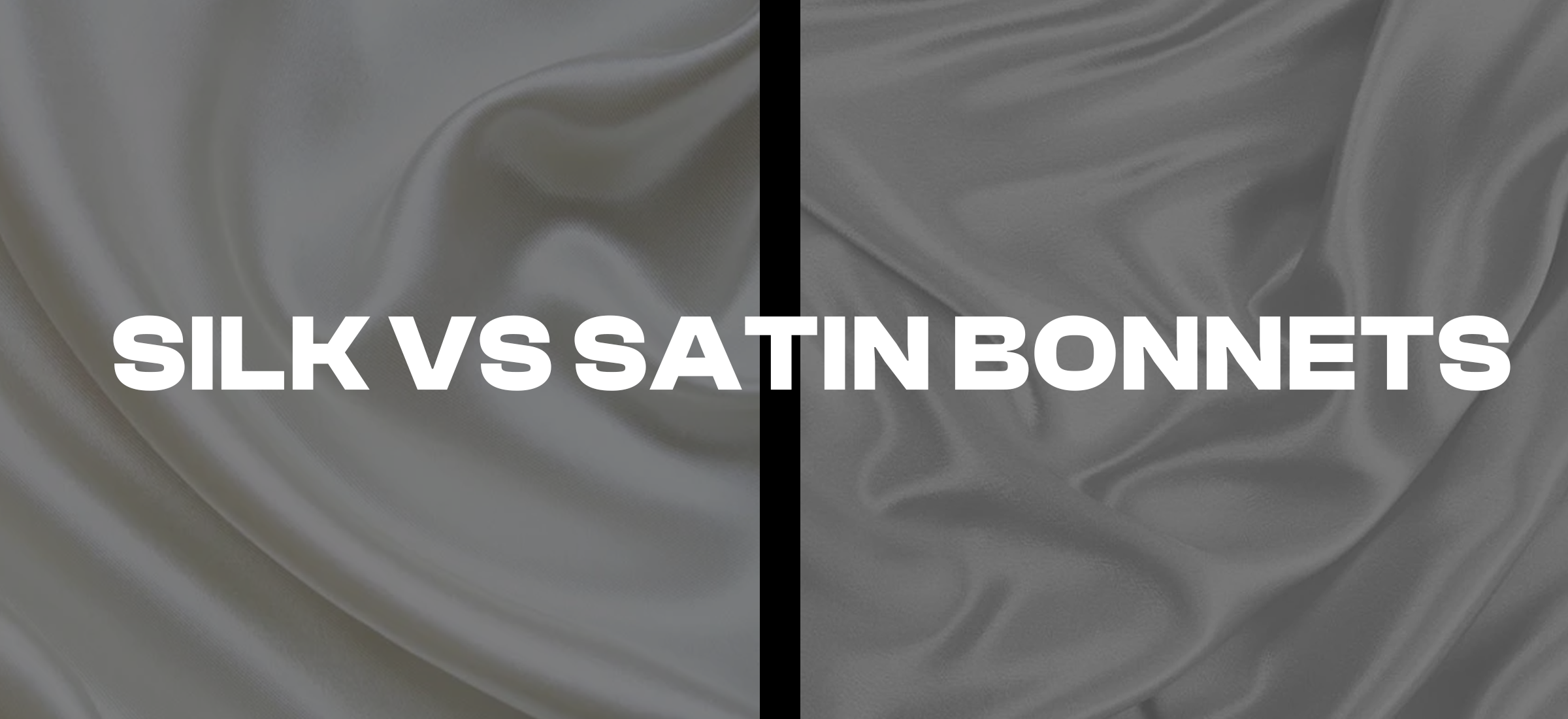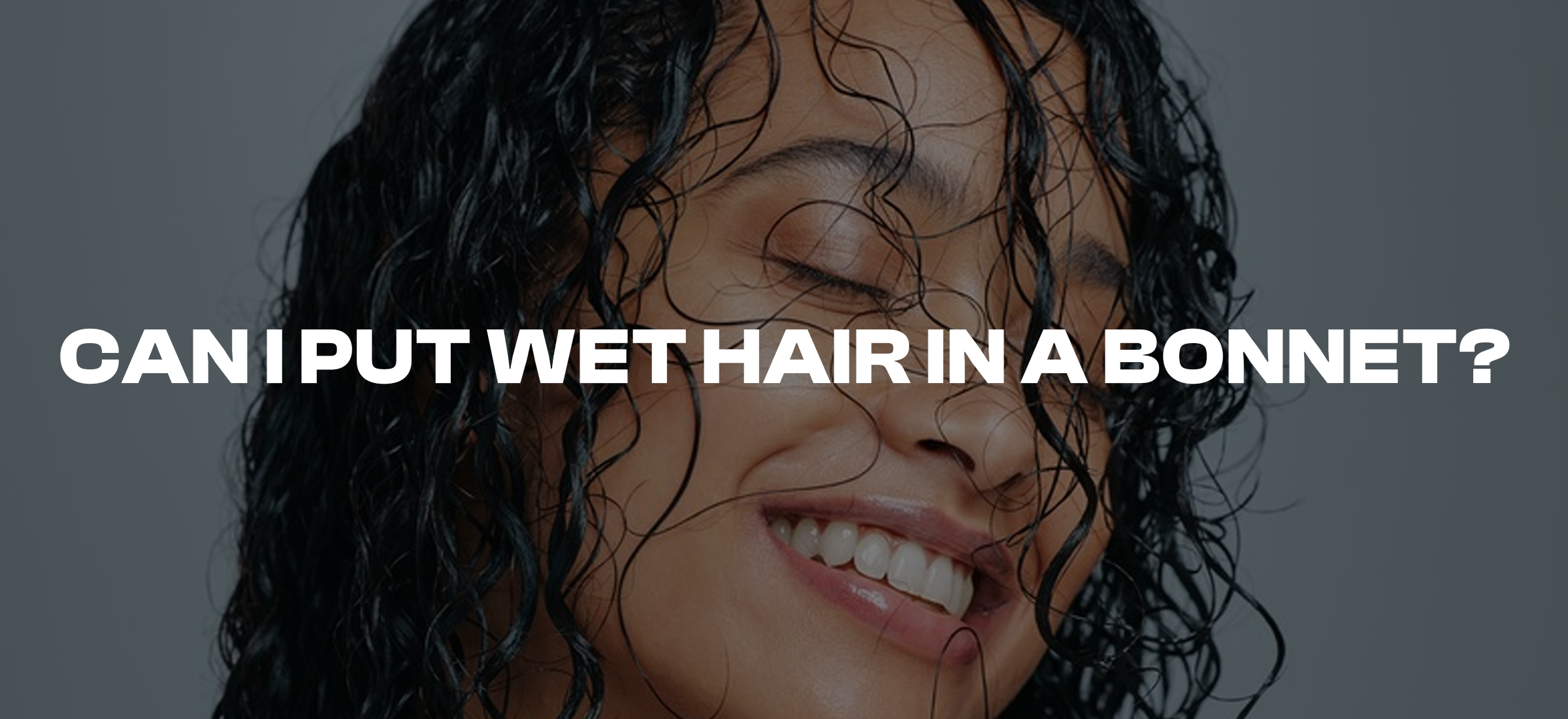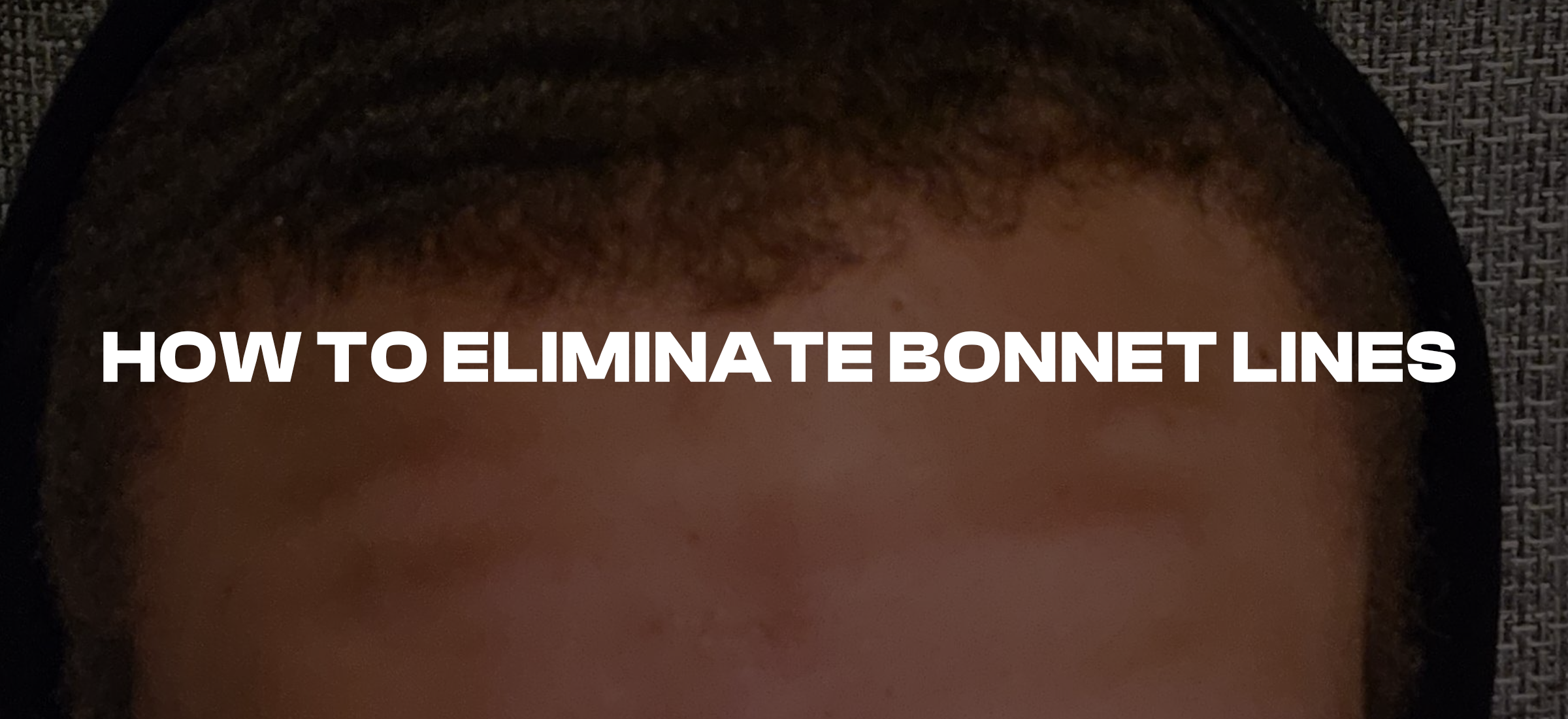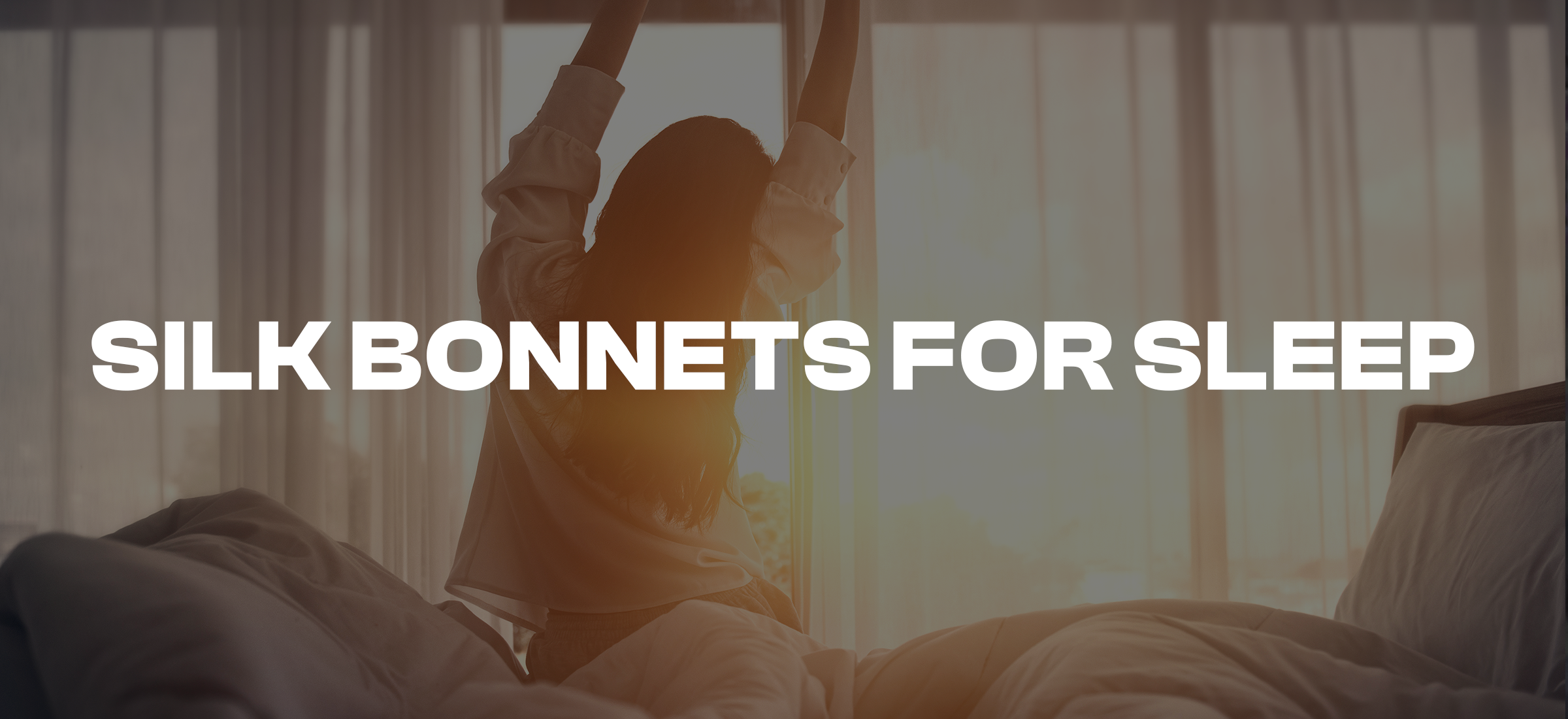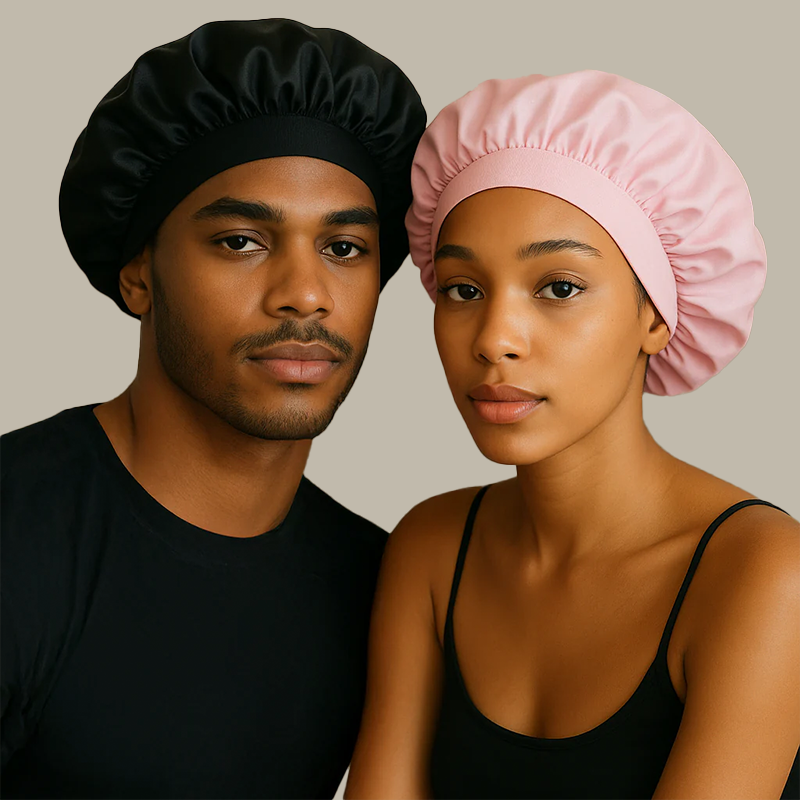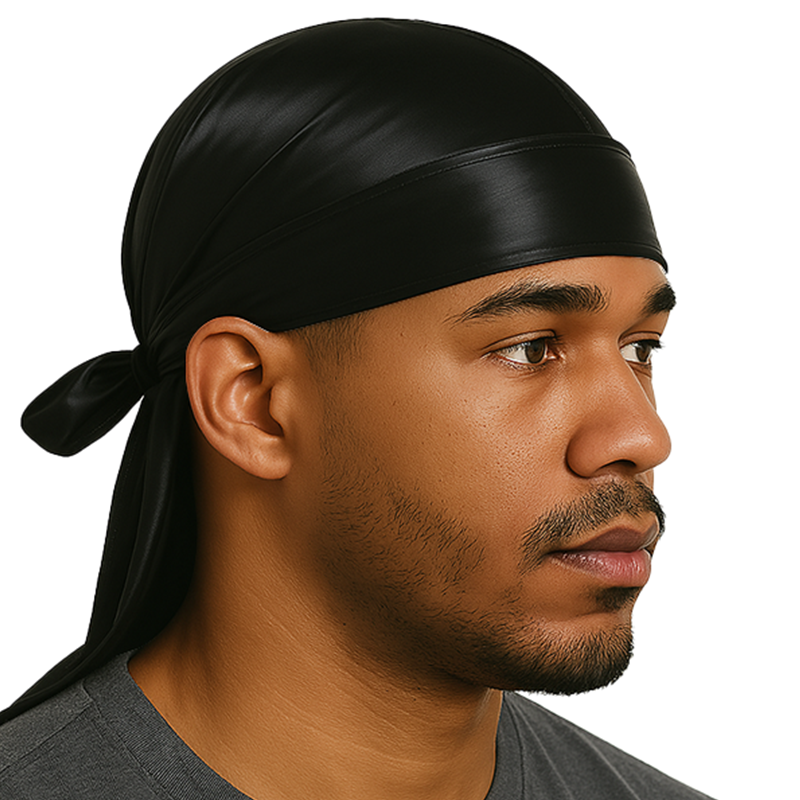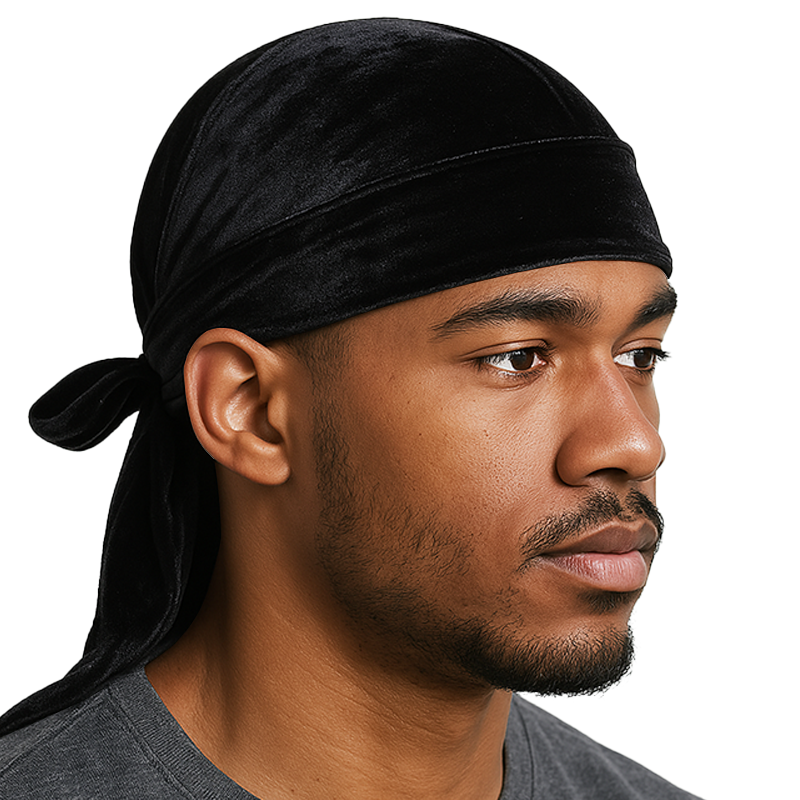Silk durags have become increasingly popular among individuals looking to maintain healthy hair. The question is, are silk durags better for your hair than other materials? This article will explore the benefits of silk durags, compare them to other materials, discuss the different types of silk durags available, and provide tips for proper usage.
Silk durags are known for their ability to retain moisture and prevent hair breakage. The smooth texture of silk helps to reduce friction between the durag and hair, which can prevent split ends and hair damage. Additionally, silk is a hypoallergenic material that is gentle on the scalp, making it an ideal choice for individuals with sensitive skin.
When compared to other materials such as cotton or polyester, silk durags are a superior option for maintaining healthy hair. Cotton and polyester can absorb moisture from the hair, leaving it dry and prone to breakage. Silk, on the other hand, helps to retain moisture and protect the hair from damage.
Key Takeaways
- Silk durags are a great option for maintaining healthy hair due to their ability to retain moisture and prevent hair breakage.
- Compared to other materials such as cotton and polyester, silk durags are superior in protecting the hair from damage.
- Proper usage of silk durags is important for achieving the best results.
Benefits of Silk Durags
Silk durags have been gaining popularity in recent years as a hair accessory that not only looks stylish but also provides several benefits for hair health. Here are some of the benefits of using silk durags:
Prevents Hair Breakage
Silk is a smooth and soft material that does not cause friction against the hair. This means that when a person wears a silk durag, their hair is less likely to break due to rubbing against the fabric. This is especially beneficial for people with curly or coily hair, as these hair types are more prone to breakage.
Maintains Moisture
Silk is a breathable material that allows air and moisture to pass through it. When a person wears a silk durag, it helps to maintain the natural moisture of the hair by preventing it from drying out. This is particularly useful for people with dry or damaged hair, as it helps to keep their hair hydrated.
Reduces Friction
As mentioned earlier, silk is a smooth material that does not cause friction against the hair. This means that when a person wears a silk durag, their hair is less likely to tangle or knot. This reduces the amount of time and effort required to detangle hair, making it easier to manage.
Promotes Hair Growth
Silk durags can also promote hair growth by improving blood circulation in the scalp. The smooth and soft texture of silk helps to stimulate blood flow, which in turn promotes the growth of healthy hair. Additionally, silk durags help to prevent hair breakage and maintain moisture, both of which are essential for healthy hair growth.
Overall, silk durags are a great investment for anyone looking to improve their hair health. They provide several benefits that can help to prevent hair breakage, maintain moisture, reduce friction, and promote hair growth.
Comparison to Other Materials
Silk vs Cotton
Cotton is a popular material for durags due to its affordability and availability. However, silk has several advantages over cotton when it comes to hair care. Silk is a much smoother material than cotton, which means it creates less friction against the hair. This can help reduce breakage and split ends. Additionally, silk is a more breathable material than cotton, which can help prevent sweat buildup on the scalp.
Silk vs Polyester
Polyester is another common material used for durags. However, it is not as beneficial for hair care as silk. Polyester is a synthetic material that can create more friction against the hair than silk. This can lead to more breakage and split ends. Additionally, polyester is not as breathable as silk, which can make it uncomfortable to wear for extended periods of time.
Silk vs Satin
Satin is a material that is often compared to silk due to its smoothness. However, there are some differences between the two materials. Silk is a natural material, while satin can be made from a variety of synthetic fibers. Additionally, silk is generally considered to be more breathable than satin. Satin can also be more prone to snags and tears than silk.
In conclusion, while there are several materials that can be used for durags, silk is the best option for hair care. Its smoothness and breathability make it ideal for reducing breakage and split ends, while also providing comfort during wear.
Types of Silk Durags
Silk durags come in various types, each with its unique features. Here are the three most common types:
Mulberry Silk
Mulberry silk is the most popular type of silk used in durags. It is made from silk worms that feed on mulberry leaves. Mulberry silk is known for its softness, durability, and ability to retain moisture. It also has a natural sheen that makes it look luxurious. Mulberry silk durags are the best option for those who want a high-quality, long-lasting durag.
Charmeuse Silk
Charmeuse silk is another type of silk that is commonly used in durags. It is made from silk worms that feed on a variety of leaves, including mulberry leaves. Charmeuse silk is known for its softness, smoothness, and draping quality. It has a lustrous finish that gives it a silky appearance. Charmeuse silk durags are a good option for those who want a comfortable and lightweight durag.
Tussah Silk
Tussah silk is a wild silk that is made from silk worms that feed on oak and juniper leaves. It has a rougher texture than mulberry and charmeuse silk and is less lustrous. Tussah silk is known for its durability and resistance to wrinkles and creases. Tussah silk durags are a good option for those who want a durable and low-maintenance durag.
In summary, the type of silk used in a durag affects its texture, durability, and appearance. Mulberry silk is the most popular and luxurious option, while charmeuse silk is a good choice for those who want a lightweight and comfortable durag. Tussah silk is a durable and low-maintenance option.
Proper Usage of Silk Durags
How to Tie a Silk Durag
Properly tying a silk durag is essential to ensuring its effectiveness in protecting your hair. Here are the steps to follow:
- Place the durag on your head with the seam at the back.
- Pull the flap at the back of the durag down towards your neck.
- Take the two ties and cross them over at the front of your head.
- Bring the ties around to the back of your head and tie them in a knot.
- Adjust the durag to ensure it covers your hairline and ears.
When to Wear Silk Durags
Silk durags are most commonly worn at night to protect hair from friction and moisture loss. They can also be worn during the day to keep hair in place or as a fashion accessory. Here are some situations where wearing a silk durag is recommended:
- Sleeping
- Exercising
- Travelling
- Swimming
- Wearing a helmet or hat
Caring for Your Silk Durag
Proper care of your silk durag is important to maintain its quality and effectiveness. Here are some tips to keep your silk durag in good condition:
- Hand wash your silk durag in cold water with mild detergent.
- Do not wring or twist the durag, instead gently squeeze out excess water.
- Hang the durag to air dry, avoid using a dryer.
- Do not iron the durag, as high heat can damage the silk fibers.
- Store the durag in a cool, dry place to prevent damage from moisture or sunlight.
By following these guidelines, you can ensure that your silk durag provides maximum protection and benefits for your hair.
Potential Drawbacks
While silk durags offer several benefits for hair health, there are also some potential drawbacks that users should consider before investing in one.
Cost Considerations
One of the main drawbacks of silk durags is their cost. Compared to traditional durags made from materials like polyester or nylon, silk durags tend to be more expensive. This can make them less accessible for individuals on a tight budget or those who prefer to spend less on hair care products.
Durability Concerns
Another potential drawback of silk durags is their durability. Silk is a delicate material that requires special care to maintain its quality over time. As such, silk durags may not be as long-lasting as durags made from more durable materials. Additionally, silk durags may be more prone to damage from frequent washing or rough handling.
Despite these potential drawbacks, many individuals still choose to use silk durags for their hair care needs. By weighing the benefits and drawbacks, individuals can make an informed decision about whether a silk durag is the right choice for them.
User Experiences
Personal Testimonials
Many users have reported positive experiences with using silk durags for their hair. They have found that silk durags help to maintain moisture in their hair, prevent breakage, and reduce frizz. Silk is a natural fiber that is gentle on hair and helps to keep it healthy.
One user reported that after switching to a silk durag, they noticed a significant improvement in their hair's texture and overall health. They found that their hair was less dry and brittle, and they experienced less breakage and shedding.
Another user reported that silk durags helped to reduce frizz in their hair. They found that their hair was smoother and more manageable after using a silk durag regularly. They also noted that their hair looked shinier and healthier.
Expert Opinions
According to hair experts, silk durags are a good choice for those who want to maintain healthy hair. Silk is a natural fiber that is gentle on hair and helps to keep it hydrated. It also helps to reduce friction, which can cause breakage and damage to hair.
Experts recommend using a silk durag at night to protect hair while sleeping. They also suggest using a silk pillowcase to further reduce friction and prevent damage to hair.
In summary, many users have reported positive experiences with using silk durags for their hair. Experts also recommend silk durags as a good choice for maintaining healthy hair. Using a silk durag at night and a silk pillowcase can help to keep hair hydrated and reduce damage from friction.
